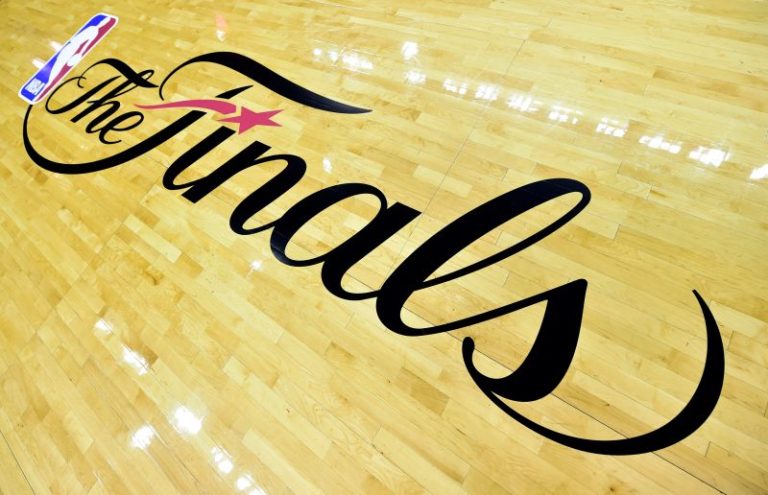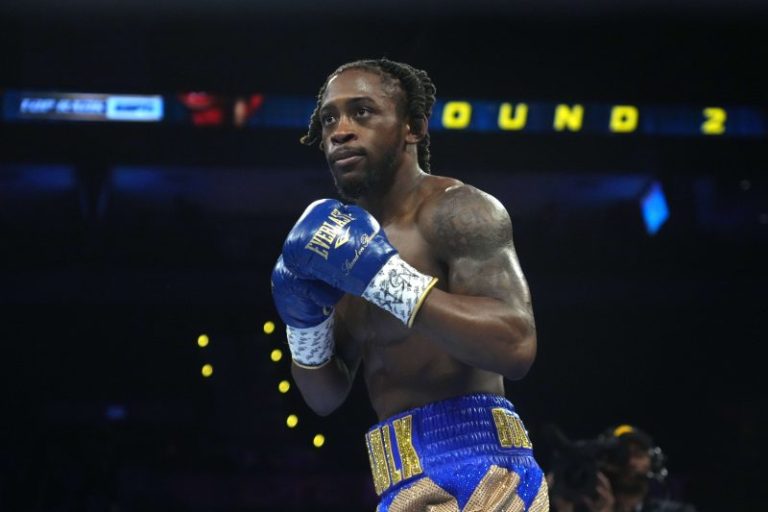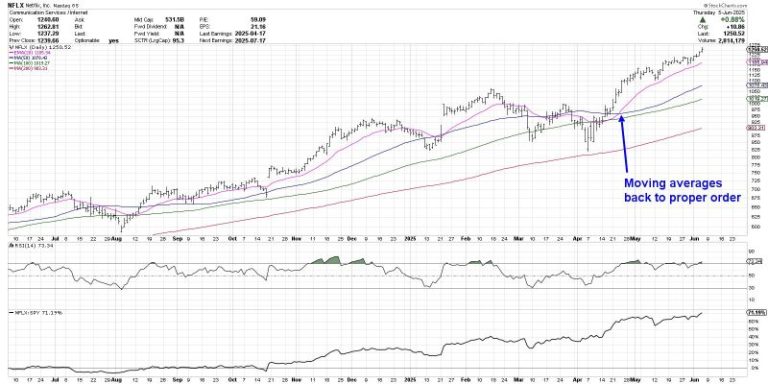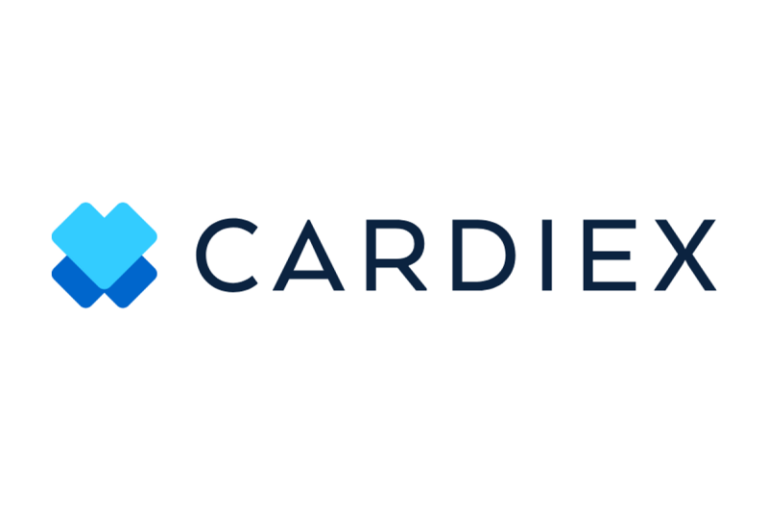OKLAHOMA CITY — As Game 1 of the NBA Finals began at Paycom Center, discerning fans on social media asked: “Why aren’t there NBA Finals logos on the court?”
For the most part – there are two exceptions – the NBA has not placed Finals logos on the court since the 2014 Finals.
Some fans clamored to see a court that matched the magnitude of the event – meaning they didn’t want to see a court that was no different than a regular-season game. It was pointed out that the league’s NBA Cup court has logos on it for the in-season tournament.
NBA Commissioner Adam Silver took note of the comments and explained.
“I saw it on social media, as you did,” Silver told a small group of reporters at an NBA Cares event at the Boys and Girls Club of Oklahoma County on Friday, June 6. “I saw the contrast with the (NBA) Cup. In the case of the Cup, of course, we have the opportunity to plan well in advance and to design a specific neutral court for a Cup championship game, and the teams design their own Cup courts. It actually takes a significant amount of time to create new courts in terms of how they’re painted, et cetera.”
The logos on the Thunder court were painted a while ago, and there are Finals logos on the basket stanchions at the Thunder’s arena.
He said the league will revisit the topic.
Why aren’t there NBA Finals logos or Finals trophy logos on the court?
Silver also explained that beyond the time required to paint the logos, there is a perceived safety issue.
“One of the reasons we moved away from the logos on the courts is – whether it was perception or reality – there was a sense that maybe the logos added some slipperiness to the court, and it was a change sort of on the court that was coming just at the time of the Finals,’ Silver said.
“And again, maybe it’s for superstitious reasons or just a sense from teams that we shouldn’t be changing things around such important competition. That’s largely why we stopped putting the logos on the court. But when I saw that suggestion on social media, maybe there’s a way around it. I hadn’t thought all that much about it until I saw it.”
Silver seemed to like the idea of at least seeing what can be done to make the court look special.
‘I’m nostalgic as well for certain things. And also, I think for a media-driven culture, whether it’s people watching live or seeing those images on social media, it’s nice when you’re looking back on highlights and they stand out because you see that trophy logo or some other indication that it’s a special event. So we’ll look at it.’
What do other pro sports leagues do with logos at big events?
For Super Bowl 59 in February, the NFL had its standard logo at midfield and had its Super Bowl logos on both sides of the 50-yard line.
The NHL regularly has its Stanley Cup logo on the ice.
MLB had its World Series logos on the field in 2024, but outside of the third- and first-base lines.
The WNBA did not have a Finals logo on the court in 2024.
Follow NBA reporter Jeff Zillgitt on social media @JeffZillgitt










